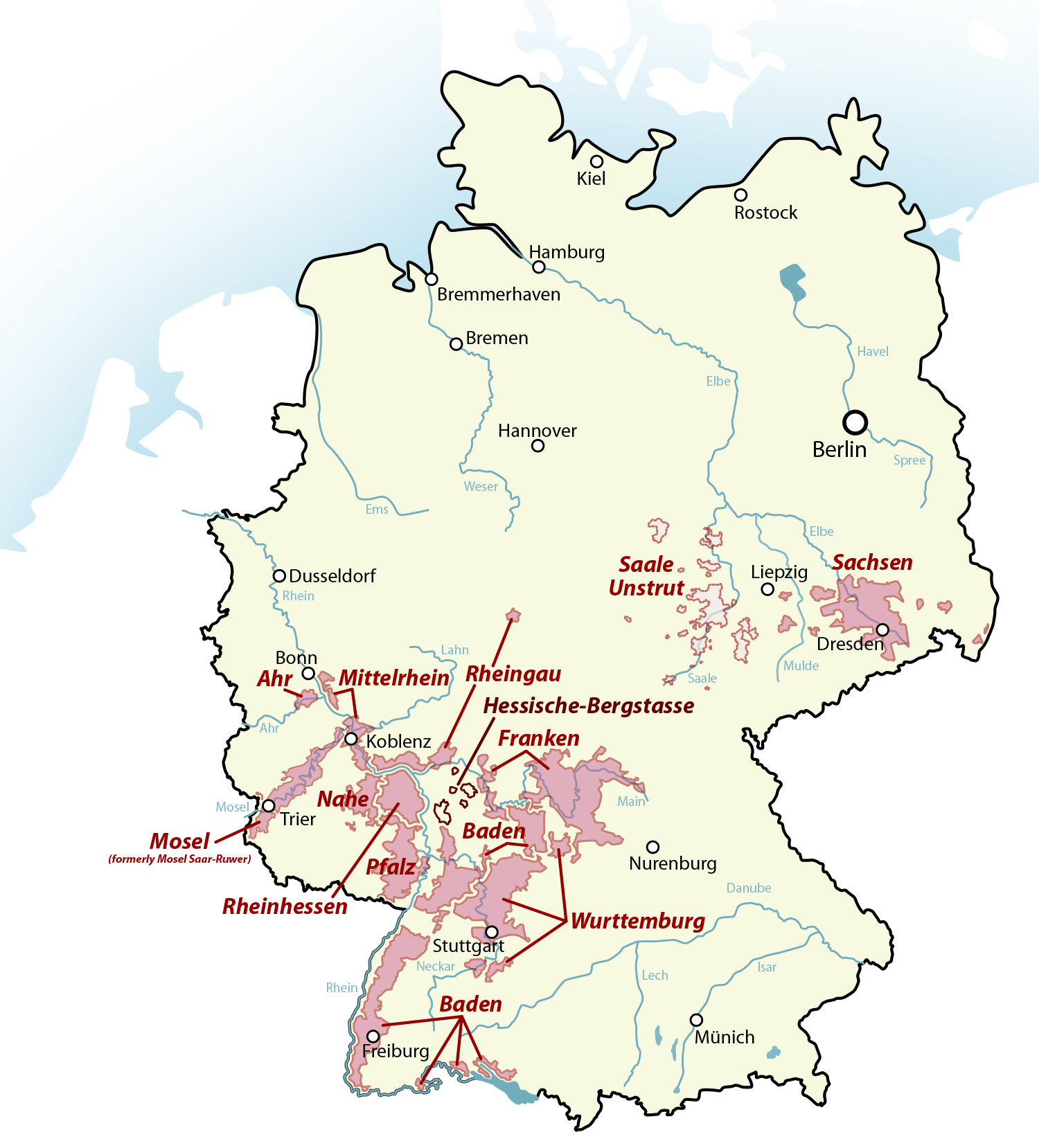


This is the case even though soil is usually formed from the subsoil via erosion and consequent chemical and physical changes and the farming activity of humans. The geology is best studied inside a winery? (Cascina delle Rose, Barbaresco)Īn important reminder is that vines grow principally in the soil in which they are planted not in the underlying geology, the subsoil. Diano sandstones, typical of the tops of ridges and cliff edges and therefore not suitable for viticulture but also in much of the broad ridge of Monforte d’Alba.the Lequio formation, typical of much of Serralunga d’Alba and eastern side of Monforte d’Alba, the side that faces Serralunga.Sant’Agata Fossili marls, typical of much of the basin in the main Barolo/La Morra valley.Soil type: the older and simpler classification of Serravalian versus Helvetian sub-soils has now been superseded by distinctions between the various formations, the results of the progressive withdrawal of the sea in the Piedmontese Ligurian Tertiary Basin. The message is that site microclimate is just as important, often more important than soil type or underlying geology. Some of the side valleys are very narrow so that the supposedly warmer south-facing side can be literally shaded by the north-facing side in the afternoons, reducing exposure to the sun and temperatures. In the side valleys, there is a really striking difference between the cooler north-facing side, typically not suitable for ripening Nebbiolo, and the much warmer south-facing side. Second, these main valleys are crossed by side valleys, giving the landscape a fishbone structure. By contrast, the Barolo/La Morra valley is much broader and acts as a bowl, capturing heat. First, the Serralunga valley is much steeper and narrower and is subject to cold winds coming from the higher Alta Langa to the south. Microclimate: there are marked differences of the microclimates of even adjacent sites due to a number of factors. As the climate has warmed rapidly, the sites that were considered too cool for ripening Nebbiolo are becoming increasingly important. The steepness of slopes is also important, affecting light interception and photosynthesis as well as drainage and the impoverishment of soils though erosion.Įxposure: south-west and south-facing sites are the warmest giving more structure and alcohol, while east and north-facing sites are cooler making for fruitier wines, less alcohol and higher acidity. In Barolo and Barbaresco, the most important factors are:Įlevation and the steepness of slopes: higher sites have greater day–night temperature difference, slowing down ripening and potentially giving a greater aromatic intensity.
#WINE MAPS GERMANY FULL#
By contrast, Masnaghetti emphasises the full range of factors that affect the characteristics of grapes and thus of the wine that is made from them. For Alex Maltman’s demolition of this view, see Mineral muddle. For example, the ‘chalkiness’ of Chablis is derived from the limestone soils of the region. Often it is the geology of a region that is said to confer the particular characteristics of a wine. The world of wine is much given to assertions about direct connections between one important factor and the final wine. However, what is rarely noted is that the text that accompanies the maps, books and website give a complete toolkit for interpreting a vineyard within its landscape. But it is entirely typical of Italy that these maps are the product of the initiative of one super-talented individual. That Italy has the finest wine mapping in the world (alongside Burgundy), is therefore surprising. If you want to find a location in Italy the standard approach is to drive as close as you can to it, stop in a bar and ask. Generally speaking, maps are not much valued in Italian life. In many ways, this is not such a typical Italian story. Latterly, he has published a two-volume books of maps on Barolo, which include much valuable historical material too. He has also had one foray into Bordeaux and some Californian regions are forthcoming. He founded the magazine Enogea in 1997 which in turn led to the publication of his distinctive viticultural maps of a good number of Italy’s most important wine regions. Originally an engineer in the nuclear field, he polished his skills as a wine critic between 1990–96 in the footsteps of Luigi Veronelli as editor of Veronelli Editore.

Alessandro Masnaghetti has been on a mission to transform our understanding of top Italian vineyards.


 0 kommentar(er)
0 kommentar(er)
